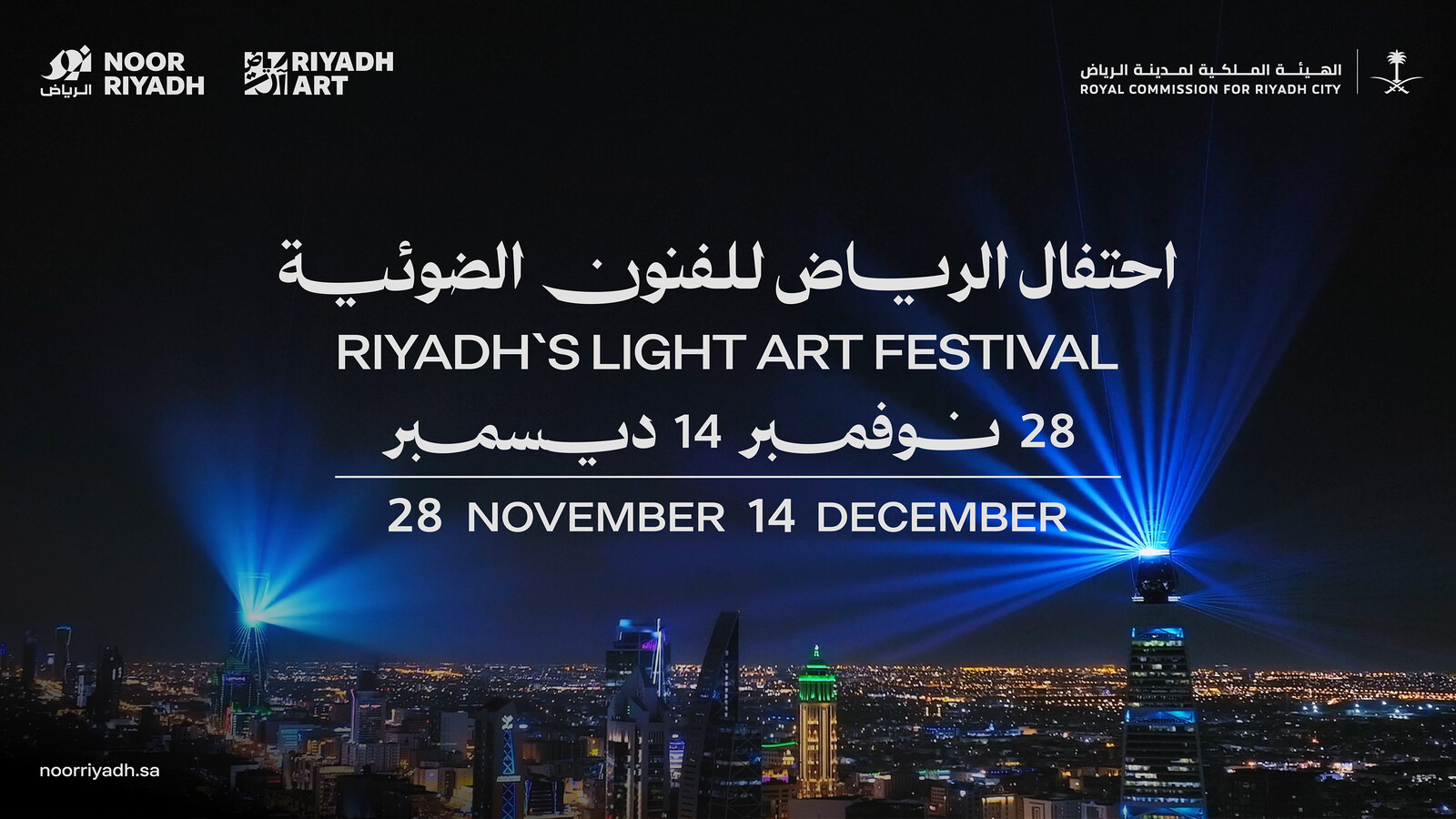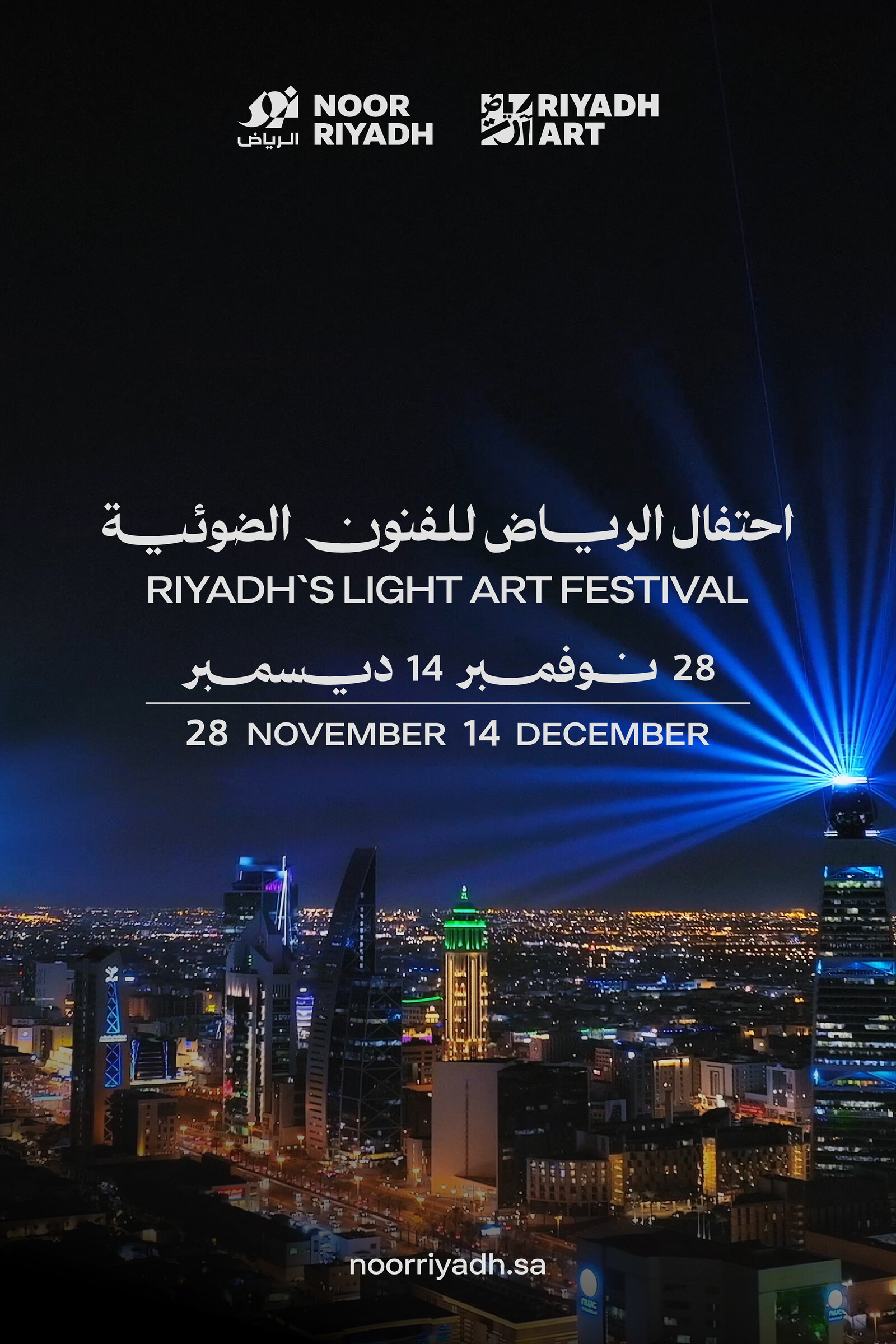Willem de Rooij
Intolerance
18 September 2010 – 2 January 2011
Neue Nationalgalerie
Kulturforum Potsdamer Platz
Entrance:
Potsdamer Straße 50, 10785 Berlin
Opening Hours:
Tuesday, Wednesday, Friday 10 am – 6 pm
Thursday 10 am – 10 pm
Saturday and Sunday 11 am – 6 pm
www.intolerance-berlin.de
www.smb.museum
www.galeriebuchholz.de
Both groups of objects that form the nexus of “Intolerance” were originally produced to represent establishment and to decorate those in power. Through their high material and (in the case of the feather objects) religious value, these objects confirmed the prevailing power structures existing at the time.
Willem de Rooij’s work is determined by the selection and combination of images in diverse media, such as sculpture, film, photography and text. His work analyzes the conventions of presentation and representation and assesses the tension between socio-political and autonomous image production. Where early film installations already had a sculptural quality, his most recent exhibitions became works of art in their own right, often incorporating found materials or appropriated works of art.
Two works in the collections of the Staatliche Museen zu Berlin formed the point of departure for “Intolerance”: a feathered head depicting the war god Kuka’ilimoku from the Ethnologisches Museum in Dahlem and a painting belonging to the Gemäldegalerie, “Pelikan und andere Wasservögel in einem Park” (Pelican and Other Waterfowl in a Park) by Melchior d’Hondecoeter. By bringing both works together at the Neue Nationalgalerie, Willem de Rooij consciously exceeds art historical classifications and disciplinary boundaries. At a time in which the cultural climate is increasingly subordinated to private interests, “Intolerance” reflects on the relevance and use of public collections.
Melchior d’Hondecoeter (1636-1695)
The Dutch painter Melchior d’Hondecoeter exclusively painted images of birds. These ‘group portraits’ were praised for their realism and were popular among the commercial and political elite of that time. These paintings served as status symbols, and at the same time depicted them: Exotic birds, which had been imported on Dutch merchant ships from newly discovered territories in Asia, Africa and South America. Melchior d’Hondecoeter’s birds come together in dynamic compositions, often shown in conflict or under threat. They seem to display human character traits, suggesting commentary on Dutch society of the 17th century; a society rapidly gaining socio-demographic and economical complexity through its colonial ambitions in an increasingly global market.
Approximately 200 paintings could be attributed to Melchior d’Hondecoeter’s workshop. A variety of painting styles suggests the involvement of a number of assistants and several motifs can be repeatedly found in an unaltered form in many of his paintings. D’Hondecoeter’s oeuvre consequently appears as a conglomeration of decorative collages, produced in an almost mechanical seriality on the basis of successful formulas.
Although Melchior d’Hondecoeter was very successful both during his lifetime and afterward, and his paintings can be found in important collections worldwide (The Rijksmuseum in Amsterdam, Musée du Louvre in Paris, the Hermitage in St Petersburg, the Metropolitan Museum of Art in New York), there has never been a comprehensive catalogue or solo exhibition dedicated to this artist’s work.
Hawaiian Featherwork
In pre-Christian Hawai’i (the period before James Cook’s ‘discovery’ of the islands in 1779) the god of war was named Kuka’ilimoku. Three-dimensional representations of his head were carried along during processions, as were helmets, capes and cloaks. All of these objects are covered with feathers, which decorated and protected chiefs and religious leaders. The base of the heads and helmets is a basket-like structure covered with a net material, which holds thousands of red and yellow feathers. Hundreds of ‘i’iwi birds had to be captured, killed and plucked for every object. The fear-provoking facial features of the feathered gods are produced by seashells, dogs’ teeth and human hair. Feathers were believed to establish contact with gods and deceased ancestors. The significance of these feathered heads, helmets, capes and cloaks was to convey individual strength and to fight off external dangers.
Construction of these complex sculptures and garments involved various specialized skills, enabling entire villages to collaborate in proto-industrial production processes. Only 19 feathered heads remain known today, most of which were brought to Europe following James Cook’s final voyage through the Pacific. Approximately 80 helmets and 180 cloaks or capes are now in collections in Europe and abroad. While Cook mainly aimed to collect materials for scientific research, he also brought back trophies and souvenirs with him to cover the costs of his travels. By their dislocation from the Pacific to the western world the function and meaning of these objects changed dramatically – ritual objects, which had to do with war, status and hierarchy, became renderings of the exotic.
Publication
During the course of the exhibition “Intolerance”, a three-part publication will be published by Feymedia, edited by Willem de Rooij and Benjamin Meyer-Krahmer for the Staatliche Museen zu Berlin and designed by Martha Stutteregger.
The first volume of the publication documents the installation “Intolerance” in the Neue Nationalgalerie through 40 color illustrations. Juliane Rebentisch’s text examines the principle of montage in this and other works by Willem de Rooij. In a further text, Willem de Rooij and Benjamin Meyer-Krahmer summarize the social and political conditions under which both groups of objects were produced.
The second volume of the publication is the first comprehensive book on the work of Melchior d’Hondecoeter. It contains more than 80 color illustrations and two texts: Marrigje Rikken represents an overview of the life and work of the painter; Lisanne Wepler explores the narrative potential of Melchior d’Hondecoeter’s paintings.
With over 250 images, the third volume of the publication is a catalogue raissonée, listing all the known feathered gods, helmets, capes and cloaks that originated in Hawaii before 1900. Adrienne Kaeppler wrote both the catalogue raisonné and the accompanying text, which consolidates what is known about production, coloration, design and meaning of these objects. It follows the introduction of Hawaiian featherwork into Europe and beyond, and it seeks to explain why and under whose authority these objects left Hawaii.
Artist’s Bio
Willem de Rooij (*1969) studied at the Gerrit Rietveld Akademie in Amsterdam from 1990 – 95 and at the Rijksakademie there from 1997 – 98. He has been a tutor at De Ateliers in Amsterdam since 2002 and professor of fine arts at the Städelschule in Frankfurt am Main since 2006.
Joint exhibition activities with Jeroen de Rijke till 2006, followed by exhibitions at K 21, Düsseldorf (2007) and at the Museo d’Arte Moderna di Bologna (2008). Robert Fulton Fellowship at Harvard University in 2004 and representation of the Netherlands at the Venice Biennale in 2005. Among other institutions, his works can be found in the collections of the Nationalgalerie in Hamburger Bahnhof – Museum für Gegenwart, Berlin, at the MUMOK in Vienna, and the
MOMA in New York.
“Intolerance” is an exhibition realized by the Nationalgalerie of the Staatliche Museen zu Berlin in cooperation with the Ethnological Museum and the Gemäldegalerie of the Staatliche Museen zu Berlin and the DAAD’s Berlin Artist-in-Residence Programme. Funded by the German Federal Cultural Foundation, the Mondriaan Foundation and anonymous private donors. With generous support of Galerie Daniel Buchholz.
*Image above:
Copyright Jens Ziehe.
Courtesy Galerie Daniel Buchholz, Cologne/Berlin.



